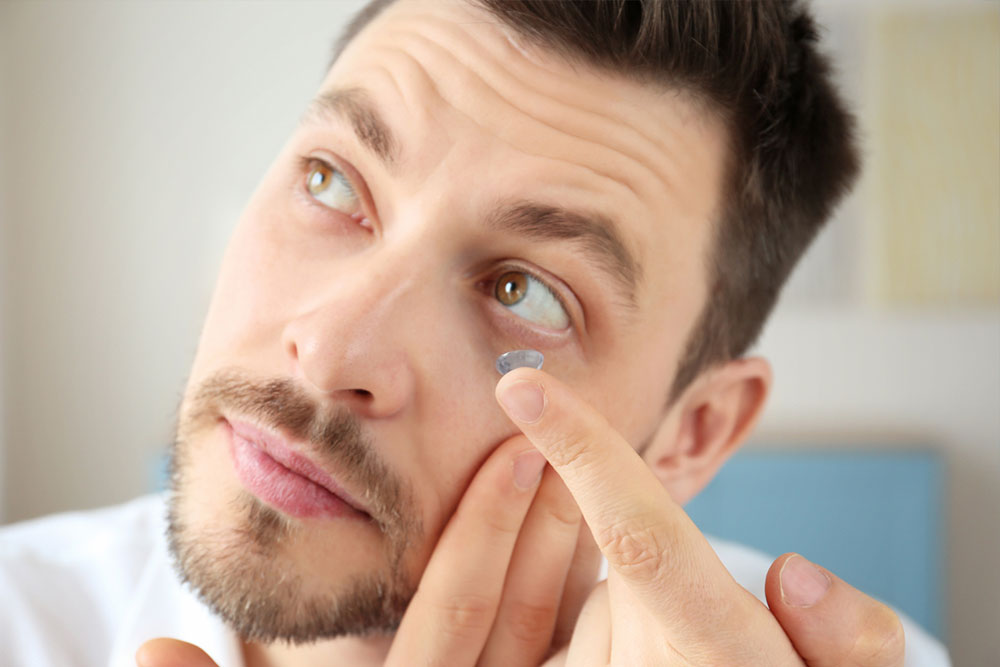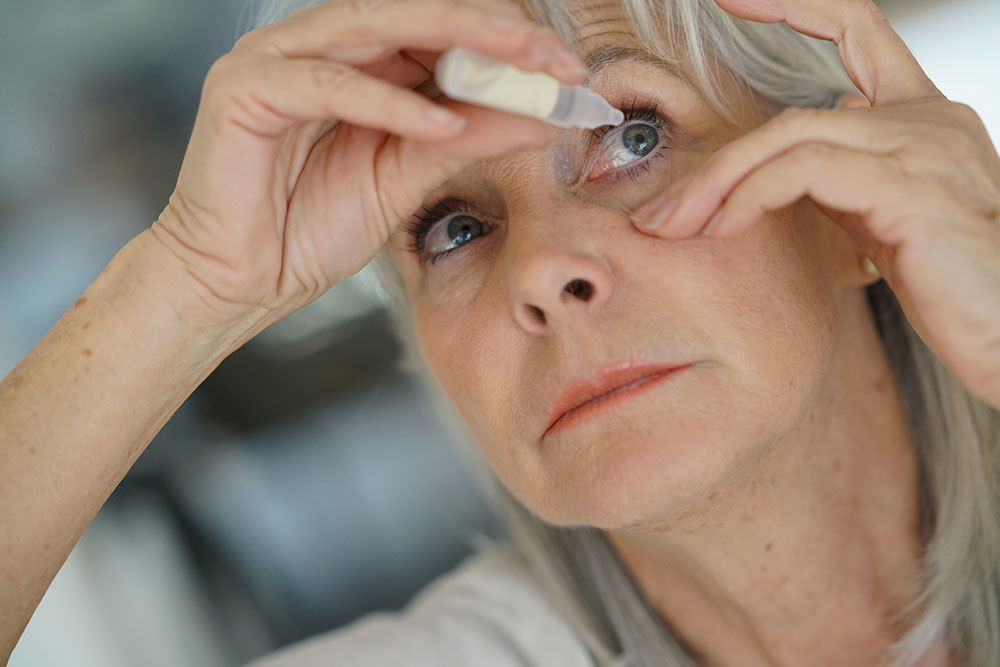Comprehensive Guide to Contact Lens-Related Dry Eyes: Causes, Prevention, and Treatment
This comprehensive guide explores the causes of contact lens-related dry eyes, highlighting symptoms, the role of tear film, and suitable lens choices. It emphasizes prevention strategies and the importance of professional care to maintain optimal eye health and comfort for contact lens users.

Comprehensive Understanding of Dry Eyes Caused by Contact Lens Use and How to Address Them Effectively
In-Depth Analysis of Dry Eye Symptoms and Their Connection to Contact Lens Wear
Are you experiencing persistent discomfort, a burning sensation, or a scratching feeling while wearing contact lenses? These symptoms often point towards dry eyes, a common issue faced by contact lens wearers. redness and increased sensitivity may also be signs of underlying dryness. While contact lenses are a known contributing factor, it's essential to recognize that other elements could also be responsible for dry eye problems. Understanding the root causes is crucial for effective management and eye health maintenance.
How to Recognize the Signs of Dry Eyes
Feeling a burning sensation in the eyes complemented by excess mucus production and heightened light sensitivity are key indicators of dry eyes.
Blurred vision and eyes that tire easily are typical symptoms reported by those suffering from dryness.
Persistent symptoms necessitate consultation with an eye care professional to prevent long-term complications and safeguard vision health.
Removing contact lenses during episodes of discomfort can help alleviate dryness and prevent further irritation.
Fundamental to maintaining healthy eyes is the tear film — a delicate, multi-layered protective cover that coats the eye surface.
This tear film is more than just water; it contains oils, mucus, and other components essential for preventing infections and irritation.
The tear film also plays a vital role in nourishing the cornea, which depends heavily on this layer for oxygen, as the cornea does not have its own blood supply.
When contact lenses displace or hinder the natural tear film, oxygen transmission to the cornea diminishes, leading to dryness, discomfort, and potential corneal issues.
Extensive research by ophthalmologists underscores how contact lens design and material impact tear production and overall eye comfort.
Choosing the right contact lenses is vital for preventing dry eyes.
Lenses that preserve the integrity of the tear film and allow oxygen flow are preferable.
Avoid non-gas-permeable lenses, which tend to block oxygen and worsen dryness.
Lenses that interfere with the tear film can cause persistent discomfort and dryness over time.
Selecting Ideal Contact Lenses for Dry Eye Prevention
Gas-permeable lenses are highly recommended because they facilitate oxygen passing through to the cornea and do not disrupt the tear film.
Modern hydrophilic soft lenses that are also gas-permeable have been developed to retain water while allowing oxygen transfer, combining comfort with safety.
These advanced lenses help maintain eye hydration, support oxygenation, and significantly reduce the risk of dryness symptoms.
Are Contact Lenses the Only Cause of Dry Eyes?
Not necessarily. While contact lenses are a common factor, they are not the sole cause of dry eyes.
Decreased tear production due to aging, certain medications, or chronic medical conditions like diabetes can lead to dryness independently of lens wear.
Other contributing factors include exposure to radiation, inflammatory processes damaging tear-producing glands, or recent ocular surgeries that can impair tear film stability.
Additional Factors that Raise the Risk of Dry Eyes
Gender: Women, especially post-menopause, are more prone to experiencing dry eyes because hormonal changes affect tear production and composition.
Vitamin A Deficiency: Essential for maintaining healthy tear secretions, insufficient vitamin A intake from dietary sources like carrots, leafy greens, and liver can increase susceptibility to dryness.
Maintaining eye health and comfort requires understanding the multifaceted causes of dry eyes and choosing appropriate protective measures, especially when using contact lenses. Proper lens selection, good hygiene practices, and regular eye examinations can significantly reduce symptoms and prevent complications.





